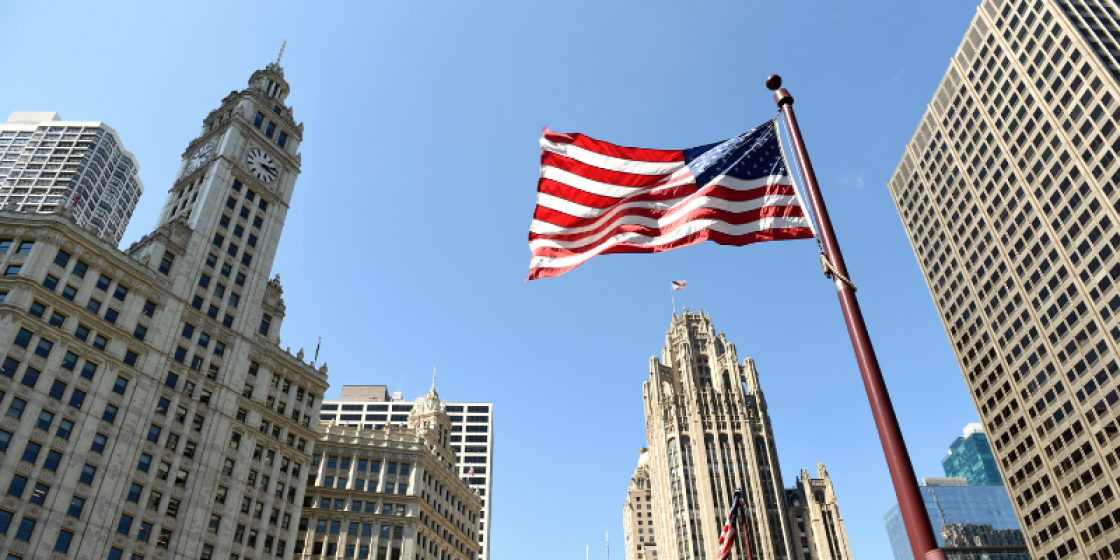What do US tariffs mean for Amazon’s business?
The recent implementation of significant US tariffs, particularly on goods imported from China, is creating a complex and potentially disruptive environment for Amazon's global business.
These tariffs, which in some cases reach as high as 145% on Chinese goods and also impact other nations, coupled with the elimination of the de minimis rule for Chinese imports, are poised to increase costs and alter competitive dynamics within the e-commerce landscape.
Amazon, as the largest e-commerce retailer in the US with a substantial reliance on third-party sellers – a significant portion of whom source goods from China (estimated at around 70%) – faces considerable exposure. The immediate impact is an increase in the landed cost of goods sold on its platform. These increased costs present Amazon and its sellers with difficult choices: absorb the higher expenses and risk thinner profit margins, or pass them on to consumers through higher prices, potentially dampening demand?
As a global business, Amazon will be thinking about how they react to this move away from a harmonious global economy. We think the following measures are on the table, some of which Amazon have openly discussed (which had upset the Trump community!):
Amazon Haul Tariff Pricing: There were reports suggesting that Amazon considered displaying the tariff costs associated with specific products, particularly on its discount platform, Amazon Haul. This move, perceived by the White House as "hostile and political," aimed to highlight the direct impact of tariffs on consumer prices. However, Amazon has since stated that this will not be implemented on its main site.
Increased Fees for Sellers: To offset its own rising operational costs due to tariffs, Amazon might increase the fees it charges third-party sellers for using its marketplace, fulfillment services (FBA), and storage. This would further squeeze seller margins, especially for those heavily reliant on tariffed goods.
Supply Chain Diversification: Amazon could incentivize or push its sellers to diversify their supply chains away from China to countries with lower or no tariffs. This is a long-term strategy that involves significant time and investment for sellers to identify and establish new manufacturing partnerships.
Focus on Non-Tariffed Goods: Amazon might strategically promote and prioritize the sale of products manufactured in the US or countries not subject to the highest tariffs to mitigate the impact on its overall sales volume and maintain competitive pricing.
Absorption of Costs: Given its significant financial resources, Amazon might choose to absorb a portion of the tariff costs, at least in the short term, to maintain its price competitiveness and avoid alienating customers with sudden price hikes. This would likely impact its profitability.
The introduction of a US tariff system is not necessarily bad news for Amazon. On one hand, the tariffs are hitting its competitors like Temu and Shein particularly hard. These fast-fashion giants, which rely almost entirely on direct shipments from China, have already begun to significantly raise their prices, with some items seeing increases of over 300% due to the new tariff regime and the end of the de minimis exemption. This could, in theory, make Amazon's prices relatively more attractive for comparable goods if Amazon can manage the tariff impact more effectively.
However, Amazon's vast marketplace also hosts numerous small and medium-sized businesses that heavily depend on Chinese imports. These sellers, facing the same tariff pressures as Temu and Shein, might be forced to raise their prices on Amazon, potentially making the overall platform less competitive against retailers with a greater focus on domestically produced goods or those from non-tariffed regions.
Furthermore, if tariffs lead to a broader economic slowdown or recession due to increased consumer prices, discretionary spending on Amazon could decrease, negatively impacting its sales volume. While Amazon has historically positioned itself as a low-price leader, its ability to maintain this image while absorbing or passing on substantial tariff costs remains a key challenge.
In Europe, the direct impact of US tariffs is less pronounced, as these tariffs primarily target goods entering the United States. However, the potential for a global trade war stemming from these US actions could indirectly affect Amazon's European operations through retaliatory tariffs imposed by other countries or a general decrease in international trade and consumer confidence. Amazon's international operations are substantial, and any disruption to global supply chains or consumer spending habits would have repercussions across its various marketplaces.
In conclusion, the impact of US tariffs on Amazon's competitiveness is complex and will likely evolve over time. While the tariffs may initially disadvantage direct-to-consumer platforms like Temu and Shein, the broader effect on Amazon's vast ecosystem of sellers and overall consumer demand remains uncertain. Amazon's ability to navigate these challenges through strategic pricing, supply chain adjustments, and potentially absorbing costs will ultimately determine its competitive standing in the long run. The reported consideration and subsequent retraction of displaying tariff costs on its platform underscore the sensitivity of this issue and the potential for political and consumer backlash.



